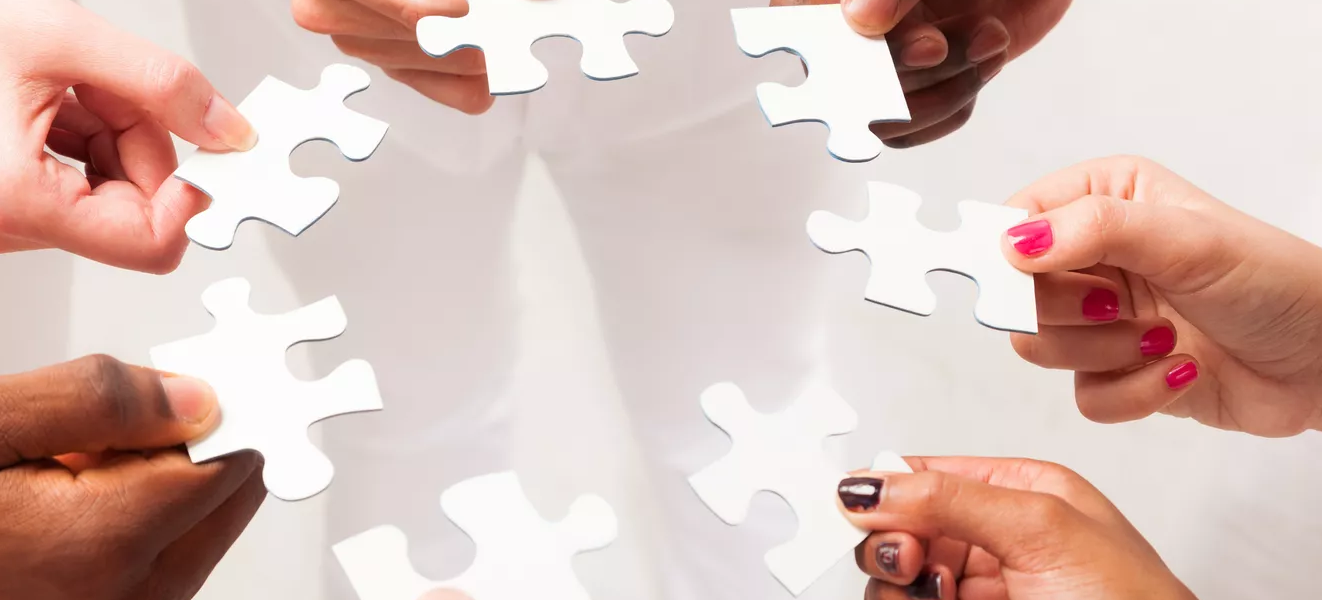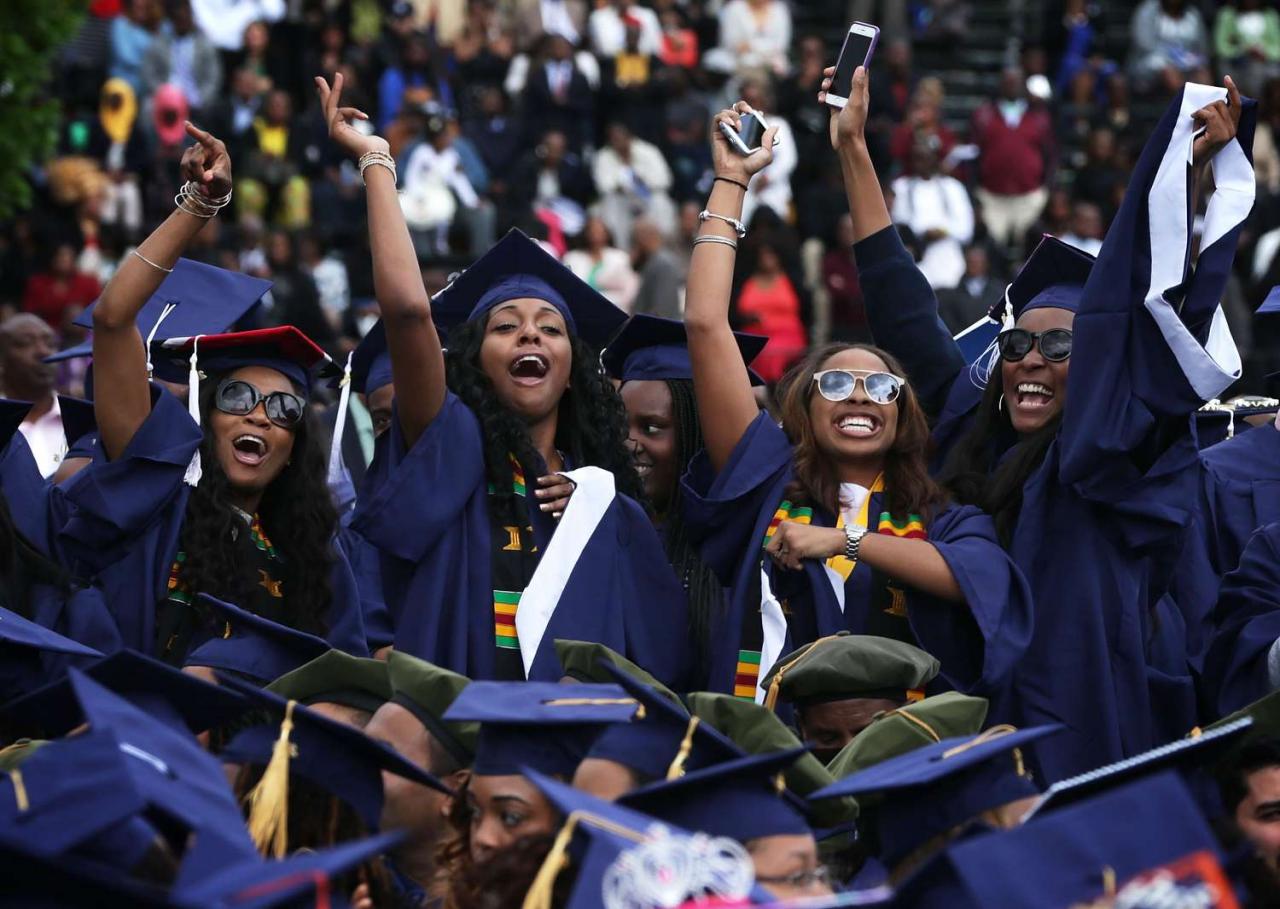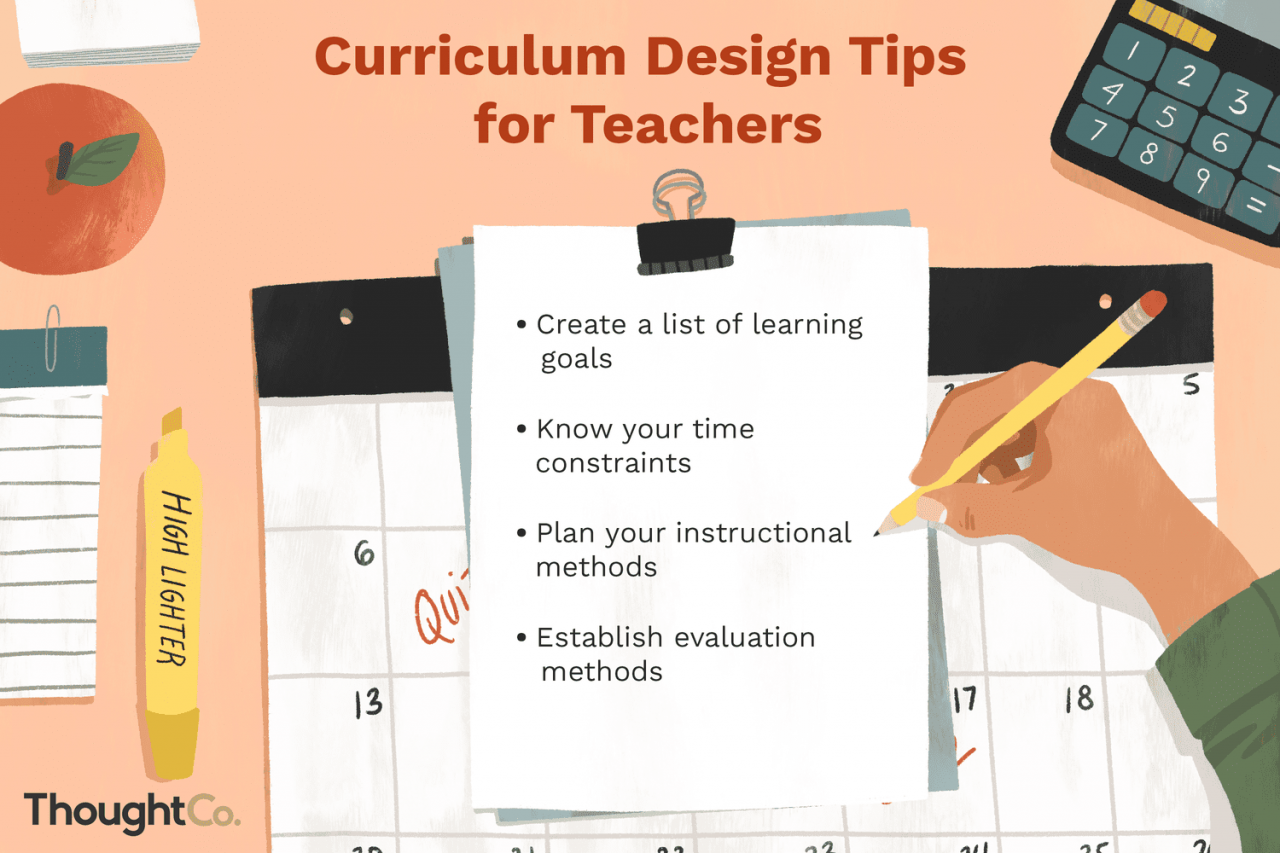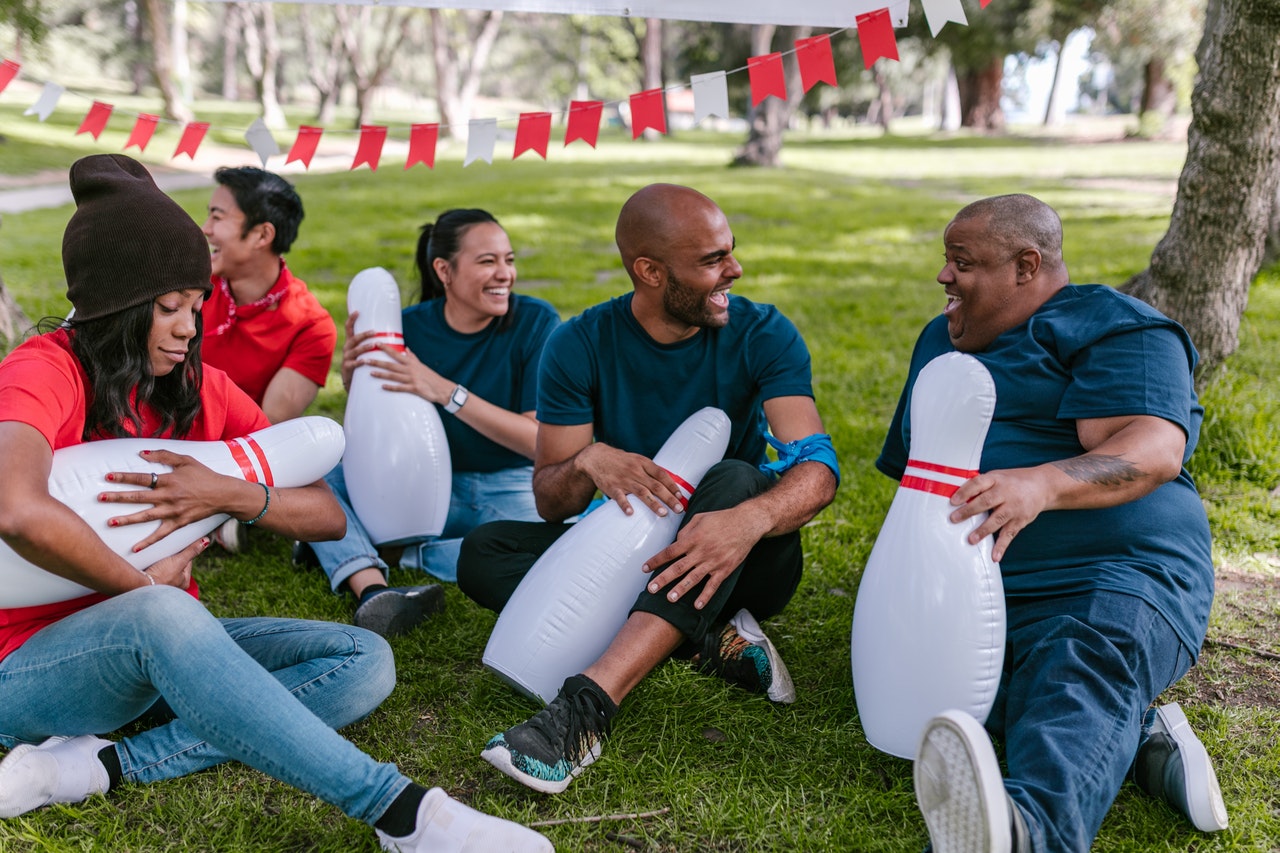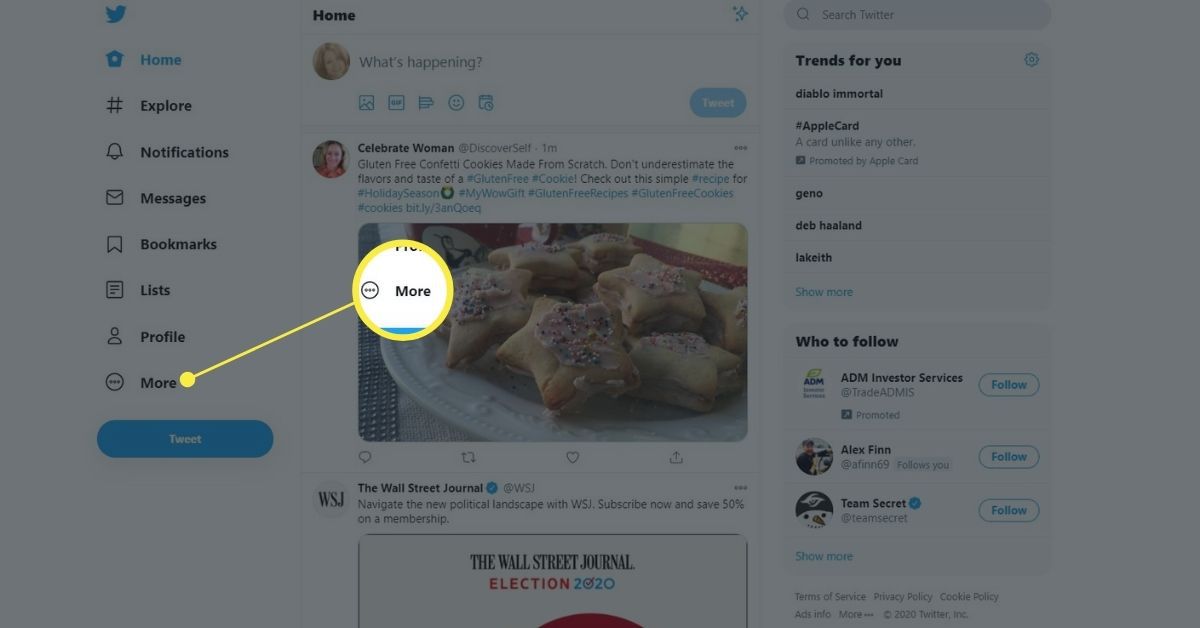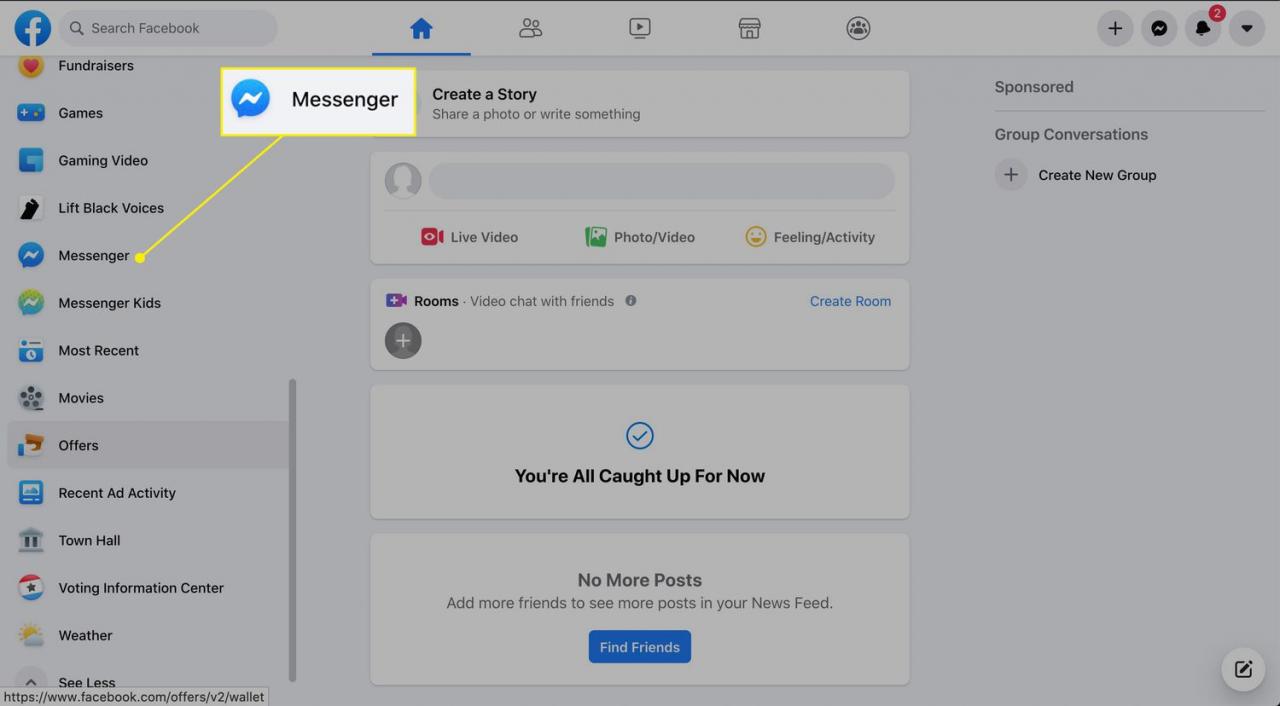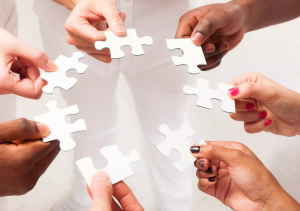
Individuals are not born racist. As previous U.S. President Barack Obama, quoting Nelson Mandela, former president of South Africa, tweeted shortly after the tragic events in Charlottesville August 12, 2017 in which the university town was overtaken by white supremacists and hate groups, resulting in the killing of a counter protester, Heather Heyer, “No one is born hating another individual due to the fact that of the color of his skin or his background or his religious beliefs. People need to learn to dislike, and if they can find out to dislike, they can be taught to like, for love comes more naturally to the human heart than its opposite.”
Very kids do not naturally select friends based upon the color of their skin. In a video developed by the BBC kids’s network CBeebies, Everyone’s Welcome, pairs of children discuss the differences in between themselves without referring to the color of their skin or ethnic culture, even though those distinctions exist. As Nick Arnold composes in What Adults Can Learn About Discrimination From Kids, according to Sally Palmer, Ph.D., speaker in the Department of Human Psychology and Human Development at University College London, it is not that they don’t notice the color of their skin, it is that the color of their skin is not what is necessary to them.
Racism is Learned
Bigotry is found out habits. When white children were revealed faces of various skin colors with unclear facial expressions, they revealed a pro-white predisposition. Banaji keeps that racial bias can be unlearned, however, when kids are in scenarios where they are exposed to diversity and they witness and are part of positive interactions between different groups of individuals acting as equates to.
Bigotry is learned by the example of one’s parents, caretakers, and other prominent adults, through personal experience, and through the systems of our society that promote it, both explicitly and implicitly. These implicit predispositions permeate not only our specific choices but also our social structure. The New York Times has created a series of useful videos discussing implicit biases.
There are Different Types of Racism
According to social science, there are 7 primary kinds of racism: representational, ideological, discursive, interactional, institutional, structural, and systemic. Racism can be specified in other methods too– reverse bigotry, subtle racism, internalized racism, colorism.
In 1968, the day after Martin Luther King was shot, the anti-racism expert and previous third-grade instructor, Jane Elliott, designed a now-famous but then-controversial experiment for her all-white third-grade class in Iowa to teach the children about bigotry, in which she separated them by eye color into blue and brown, and revealed extreme favoritism toward the group with blue eyes. She has conducted this experiment consistently for different groups since then, consisting of the audience for an Oprah Winfrey program in 1992, called The Anti-Racism Experiment That Transformed an Oprah Show. Individuals in the audience were separated by eye color; those with blue eyes were victimized while those with brown eyes were treated positively. The responses of the audience were illuminating, demonstrating how quickly some people came to identify with their eye color group and behave prejudicially, and what it seemed like to be the ones who were being treated unfairly.
Microaggressions are another expression of racism. An example of microaggression falls under “assumption of criminal status” and includes someone crossing to the other side of the street to avoid an individual of color.
Unlearning Racism
Racism in the extreme is manifested by groups such as the KKK and other white supremacist groups. Christoper Picciolini is the founder of the group Life After Hate. Picciolini is a previous member of a hate group, as are all the members of Life After Hate. On Face the Nation in Aug. 2017, Picciolini stated that individuals who are radicalized and sign up with hate groups are “not motivated by ideology” but rather “a look for identity, community, and purpose.” He stated that “if there’s a brokenness beneath that individual they tend to look for those in really unfavorable paths.” As this group proves, even severe bigotry can be unlearned, and the objective of this company is to help counter violent extremism and to assist those participating in hate groups discover pathways out of them.
Congressman John Lewis, a prominent Civil Rights leader, stated, “The scars and stains of racism are still deeply embedded in the American society.”
As experience shows us, and leaders remind us, what people find out, they can also unlearn, consisting of racism. While racial progress is real, so is bigotry. The requirement for anti-racist education is likewise genuine.
Following are some anti-racism resources that might be of interest to educators, moms and dads, caretakers, church groups, and people for usage in schools, churches, services, companies, and for self-assessment and awareness.
Anti-Racism Curricula, Organizations, and Projects
The Race Card Project: The Race Card Project was produced in 2010 by NPR Journalist Michele Norris to cultivate a conversation about race. In order to promote an exchange of ideas and perceptions from individuals of various backgrounds, races, and ethnicities Norris asks people to distill their “ideas, experiences, and observations about race into one sentence that only has 6 words” and submit them to the Race Card wall. In 2014, The Race Card Project was granted “a prestigious George Foster Peabody Award for excellence in electronic interactions for turning a pejorative phrase into a productive and far-reaching dialogue on a challenging topic.”
RACE: Are We so Different?: This site is a job of the American Anthropological Association and is funded by the Ford Foundation and the National Science Foundation. It looks at race through 3 various lenses: history, human variation, and lived experience. It uses activities for trainees and resources for families, teachers, and scientists. It is based upon a taking a trip exhibit by the very same name.
Informing for Equity: Educating for Equity is the website and consulting company of Ali Michael, Ph.D., who is the co-founder and director of The Race Institute for K-12 Educators and the author of a number of books involving race, consisting of Raising Race Questions: Whiteness, Inquiry, and Education (Teachers College Press, 2015), which won the 2017 Society of Professors of Education Outstanding Book Award. The Race Institute for K-12 Educators is a workshop for teachers to assist them establish a favorable racial identity so that they can support the positive racial identity development of their trainees. An extensive list of Anti-Racism Resources for Teachers is included on this website.
The Storytelling Project Curriculum: Learning About Race and Racism Through Storytelling and the Arts (this Columbia University form enables complimentary use of the curriculum and requests feedback to the creators): The Storytelling Project Curriculum, produced through Barnard College, evaluates race and bigotry in the United States through storytelling and the arts. Using four various story types– stock stories (those informed by the dominant group); concealed stories (informed by people in the margins); resistance stories (informed by people who have actually withstood racism); counter stories (intentionally constructed to challenge the stock stories)– to make the info more accessible to trainees, to connect the political and the personal, and to motivate change. For middle and high school students.
Anti-Racism Activity: ‘The Sneetches’: Through Teaching Tolerance, this curriculum for grades K-5 utilizes Dr. Seuss’s book, “The Sneetches” as a springboard for conversation about discrimination and how trainees can take duty for their environment.
What are Microaggressions and Why Should We Care?: A course developed by the Unitarian Universalist Association on learning to recognize and handle microaggressions in daily life.


